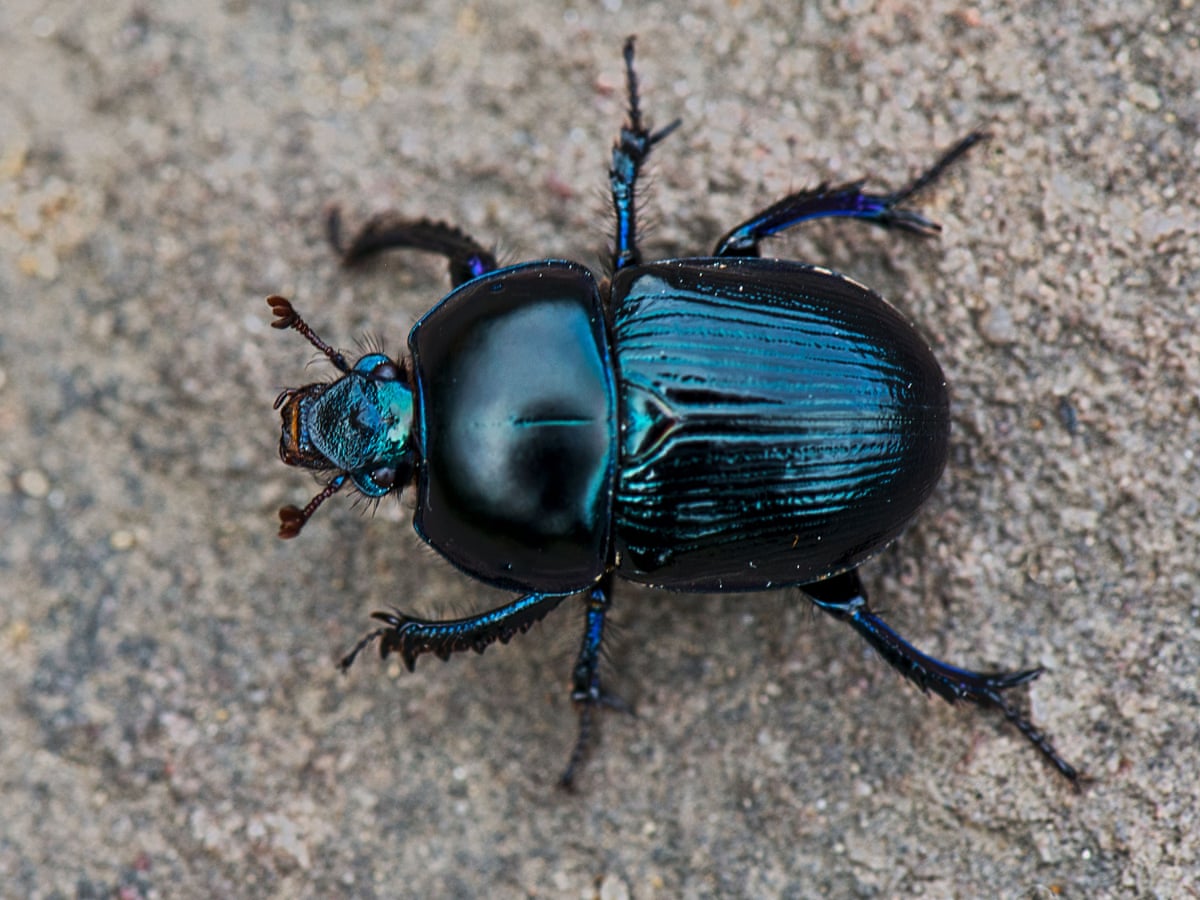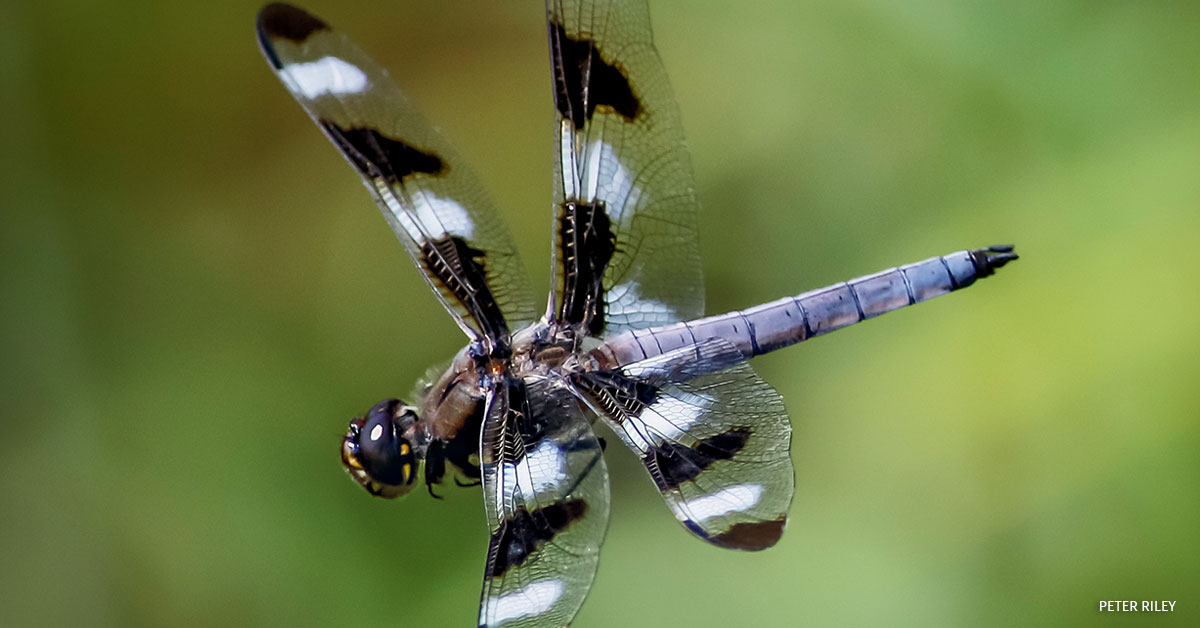For thousands of years human beings looked with envy on those living creatures that could take to the air and fly. The advantages that an animal can gain from flying are so numerous that many different kinds of creature have evolved one way or another to take flight.

Now the question of who is the best flier depends a lot on what criteria you’re looking at. In terms of long distance fliers there are several species of bird that fly thousands of kilometers without ever touching the surface. (Notice how I said surface there rather than ground. That’s because those extended flights are mostly over water.) But if you want to talk about maneuverability or a quick takeoff you can’t argue against the animals whose very name means aviation, the insect members of the order Diptera, the flies!


While many types of insects fly, some, like many species of beetle are rather clumsy, using flight mainly for escape from predators. Others, like bees, use flight as transportation, going from flower to flower or back to the hive in a straight line without any fancy flying.


Flies seem to have evolved just to be able to fly. They are capable of performing the most incredible acrobatic feats in mid air while the speed with which they can take off is quicker than the human eye can follow.

Unlike most flying insects who have four wings, true flies have only two. The name Diptera in fact means two wings. Flies retain their original front pair of wings but the rear wings have evolved into long thin rods with knobs at the end called halteres. Instead of providing lift as a normal wing would it is the halteres that enable the fly to perform their amazing aero-athletics.

In straight line flight the halteres beat up and down in exactly the opposite motion of the wings. In other words when the wings go up the halteres go down and vice versa, this gives the fly great stability. Then, when the fly wants to change direction it does so by using the moment of inertia of the halteres. Because of their halteres some flies are able to completely reverse course in a single wing beat, less than ten milliseconds.

Flies of the family Calyptratae, which includes houseflies and fruitflies, are considered the best of the best. In order to discover how they use their halteres scientists Gwyneth Card and Michael Dickinson of the California Institute of Technology first used high-speed cameras that could record at as much as three thousand frames per second to get baseline measurements of fly performance. They found that by using their halteres members of Calyptratae could take off or change course in as little as a single wing beat, around seven milliseconds.

The scientists then removed the halteres from their test subjects and measured the reduction in performance. Without their halteres to provide balance the insects become much clumsier, like a tightrope walker without their pole, sometimes with disastrous result. Not only did takeoff now require an average of four wing beats instead of the previous one, but also one species of fly, known as blow flies became so awkward that their takeoffs usually resulted in a crash. At the same time the fly’s performance while in the air also deteriorated markedly. While it’s true that flies may not be the best long-distance flies, when it comes to maneuverability and a quick take off members of the order Diptera are capable of aerial acrobatics that would make a jet fighter pilot’s head swim. We all know how difficult it is to catch a fly in the air or swat them when they’re on the ground and halteres are one big reason why!
